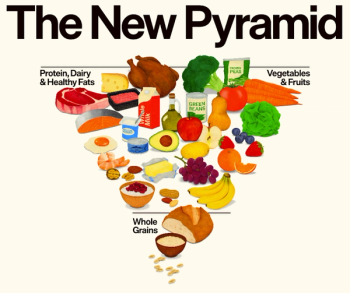
Education and outreach crucial to teen vaccinate uptake
Teens want and need physicians to reach out and give them responsibility when it comes to managing vaccination, according to a new report.
Adolescents can be a difficult population to reach, as evidenced by vaccination rates for the age group. A new whitepaper highlights steps physicians can take to promote vaccination compliance and health responsibility among teens.
Judy Klein, president and treasurer for the Unity Consortium, a non-profit organization aimed at increasing awareness and compliance with adolescent vaccinations, said Unity’s whitepaper,
“The paper summarizes a number of solution-based practices that have proven successful in clinical practice and provides a call to action for healthcare providers to evaluate their immunization practices,” Klein told Medical Economics.
The call to action, dubbed the
Like adults, less than half of adolescents receive the flu vaccine, and only Tdap vaccination meet the goals set forth in the federal
An ideal time for intervention
The paper notes that adolescence is a good time to establish personal health responsibility, with the survey indicating that older teens want healthcare providers to help them stay healthy by sending reminders for vaccinations and appointments.
Despite efforts to educate parents and the public on immunization, there is still a lot of misinformation about vaccines, Klein said, and this problem is exacerbated by social media.
“Our Unity-sponsored
It’s up to healthcare providers to correct that misinformation and lead the charge for increased compliance, she said.
“Healthcare providers need to remain vigilant in their efforts to inform, educate and dispel misconceptions, while raising the priority level of immunization,” Klein said. “Unity and several of our member organizations and liaisons including the [Centers for Disease Control and Prevention], the Immunization Action Coalition and the National Foundation for Infectious Diseases have user-friendly
Reaching teens
According to Unity’s whitepaper, less than half of physicians reported issuing reminders to teens and their parents about vaccinations. Unity suggests that clinicians use technology and information sharing practices to make reminders of this sort a standard practice. Unity has also developed a
Continuing medical education credits are also available through the
The Unity whitepaper suggests that healthcare providers establish routine 16-year-old preventive care visits, and this recommendation is supported by the Society of Adolescent Health and Medicine and a
Klein said she hopes the data in the whitepaper and the resources created by Unity will help motivate clinicians to increase efforts to ensure vaccination in the adolescent population.
“Our research shows that approximately 1 in 4 parents and teens don’t understand the benefits of vaccines, or don’t know how being vaccinated helps teens,” Klein said. “Adoption of the INSPECT imperatives by healthcare providers into their clinical practice can help change that.”
Newsletter
Stay informed and empowered with Medical Economics enewsletter, delivering expert insights, financial strategies, practice management tips and technology trends — tailored for today’s physicians.








